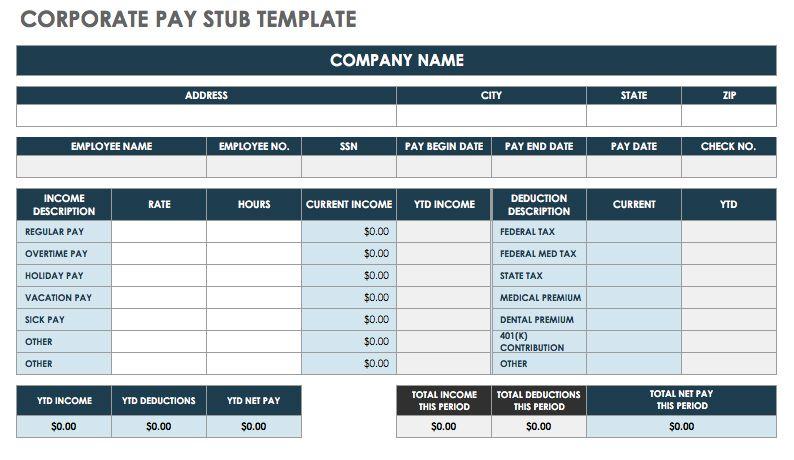5 Pieces of Paperwork You Need for Your New Employee
Index Of The Blog

After years of hard work, your company is starting to grow and you’re ready to bring on a new employee.
Bringing new staff on board means innovation, new perspectives, and increased capacity, great things for any company. But when it comes to HR and onboarding, do you know what paperwork needs to be completed to make sure both the company and the employee are doing everything correctly?
Hiring someone new means a bit of paperwork to cover legal, HR, and financial matters. Keep reading to find the five types of paperwork you’ll need for every new staff member.
1. Your New Employee Needs to Complete Tax Forms
During new employee orientation, some of the most important forms to complete are in relation to tax.
Tax withholding forms, including the W-4 and W-9, ensure that employees are taxed correctly for their annual earnings from the company. This makes sure the company withholds the correct amount of tax.
If the employee is coming on board as an independent contractor or freelancer, the W-9 form is usually best, while contracted or permanent employees should complete the W-4.
2. Bank Account Details
As an employer, you’ll need the employee’s bank account details for payroll processing. Since most companies pay weekly or monthly via direct debit, your company should have a payroll form that new staff complete.
Ask for their full name, name of their bank, branch address, bank account number, and routing or sorting code.
To make payroll even easier, use a free pay stub template to create pay stubs.
3. Emergency Contact Details
The safety and wellbeing of staff should be a priority for any company. If a staff member gets sick or has an accident on the job, what will you do?
To help with workplace safety, all new staff should complete a form that lists their emergency contact details. This may be a spouse, relative, roommate, or friend.
That way, you know who to call in case your staff member needs assistance.
4. Confidentiality and Non-Compete Forms
Depending on the nature of your company, your staff member may need to complete a confidentiality or non-compete clause. These state that they agree to keep company information secret and that they won’t leave your company to work for a competitor within a set period.
These are commonly seen in industries such as IT and finance.
5. Signed Letter of Acceptance
When you send a welcome letter to a new employee, it should contain their letter of acceptance. This is a contract, signed by both employee and staff, that confirms job title, rate of pay, and the duration of their employment (if temporary).
It’s an important legal document that should be taken seriously. After it’s signed and returned, keep it safely in the employee’s HR file.
Onboard New Employees with the Forms Above
Having a new employee can increase company productivity and bring in new ideas, a great thing for any business. When hiring a new staff member, use the paperwork above to make sure you cover everything needed, from an HR and legal perspective.
Once all the paperwork is done, the employee can begin working, meeting colleagues, and enjoying the benefits of an exciting new job!
Did you find this article helpful? If so, please browse some of our additional content.













